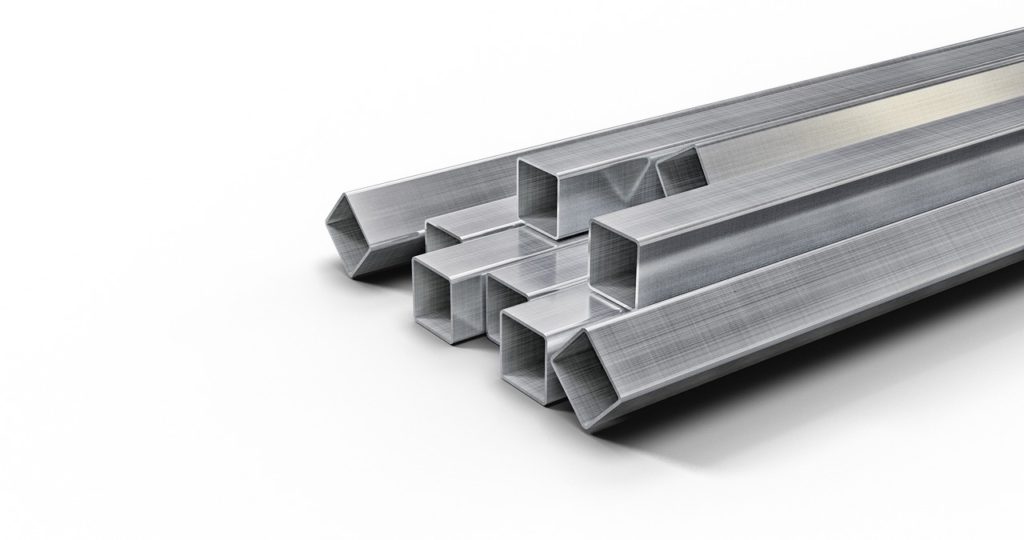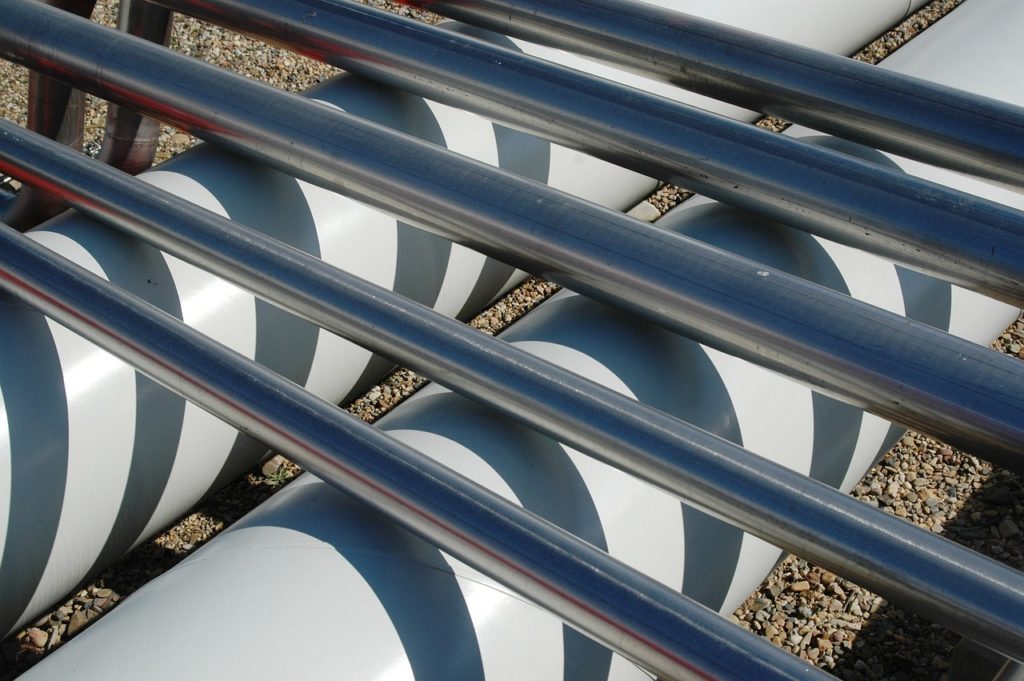
The consumption of steel in India is one of the lowest in the world. The per capita consumption of steel in India is one-tenth of the world average. The consumption of steel in India is also very low compared to many other developing countries. This is mainly due to the lack of infrastructure and the fact that the average expenditure of people in India is very low.
This blog studies the reasons for this distribution.
The per capita consumption of steel in India
Steel is an alloy of iron and carbon and other elements, mainly chromium and nickel. The carbon content in steel can range from 0.02% to 2.14% by weight. It is an important engineering material used in buildings, infrastructure, machines, vehicles, appliances, and weapons.
The per capita consumption of steel in India is low compared to other countries. This can be attributed to a number of factors such as the low per capita income, the large population, the lack of adequate infrastructure, and the preference for other materials such as wood and bamboo.
Also, since the per capita income in India is low, the ability of people to afford steel products is quite low.
The population of India is the largest in the world. This results in a large demand for steel products. However, the large population also results in a low per capita consumption of steel.
The steel infrastructure in India is inadequate. This leads to a low demand for steel products.
The preference for wood and bamboo over steel in India is due to the lower cost and the easier availability of these materials.
India does not have a strong manufacturing sector, which means that there is not a lot of demand for steel products.

India has a thriving services sector but a weak manufacturing base. This means that there is not a lot of demand for steel products, which is a problem for the steel industry in India.
There are a number of reasons for this. First, the government does not do enough to support the steel industry.
Second, electricity costs are high, which makes it difficult for steel companies to compete with manufacturers in other countries.
Third, there is a lot of red tapes and bureaucracy in India, which makes it difficult for companies to get started.
Finally, the infrastructure in India is not very good, which makes it difficult to transport goods from one place to another.
All of these factors have combined to create a situation where the steel industry in India is not very competitive. This is bad news for the economy as a whole because a strong steel industry is essential for a strong manufacturing sector.
Ultimately, the government needs to do more to support the steel industry in India. This means reducing the cost of electricity, streamlining the bureaucracy, and investing in the infrastructure. If it does not, then the steel industry will continue to languish, and the economy as a whole will not be able to achieve its full potential.
